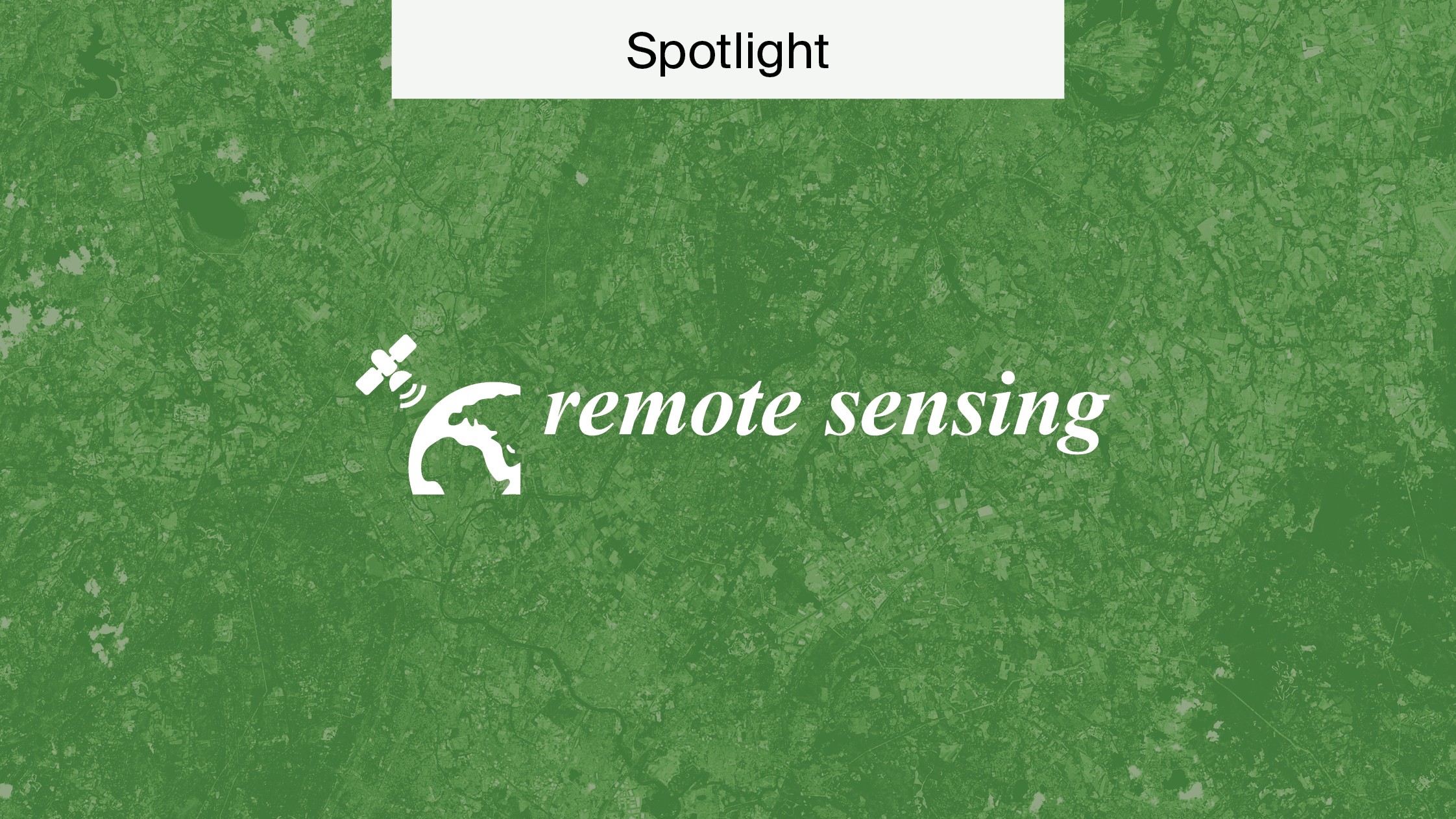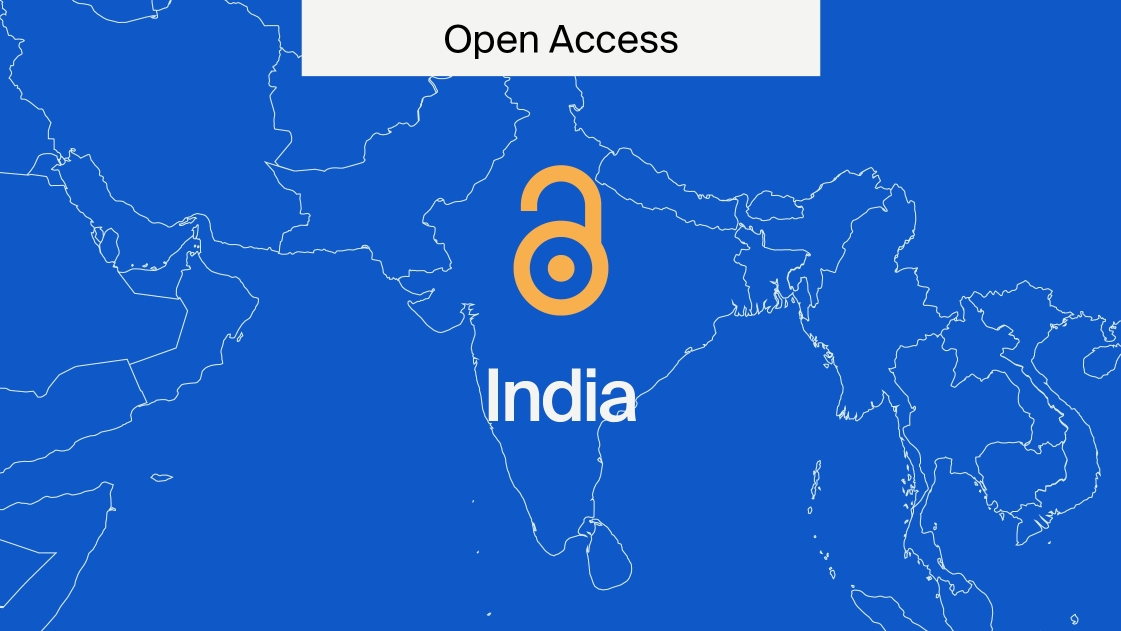
Insights from MDPI Top Picks: December 2024
To round up Top Science from MDPI in 2024, we explore a variety of research published in MDPI’s Open Access journals from December. Here, we learn more about the impacts of climate change on the composition of the Mediterranean Sea and look at research exploring U.S. regulations on drug diversion. We also see research that analyses Instagram marketing in the Hospitality and Tourism industry, and look at why careful consideration should be made before planning vertical green spaces in urban areas.
Original Article: Accelerated Warming and Salinification of the Mediterranean Sea: Implications for Dense Water Formation.
Published in: Journal of Marine Science and Engineering

The effects of climate change can now be seen in nearly all aspects of the natural world. Global rising temperatures cause a domino effect of change, wreaking havoc on the equilibrium of our ecosystems. This can be seen on land and in the sea, with rising temperatures shifting the composition of waters. In a recent study, researchers looked at the effects of global warming seen within the Mediterranean Sea, and the impacts this has on circulation patterns.
We reached out to Dr. Nikolaos Skiliris, Senior researcher at the National Oceanography Centre of the University of Southampton and first author of the paper, to comment on their research, the techniques used and its importance:
This paper deals with the recent accelerated warming and salinification of the Mediterranean Sea and their impact on dense water formation that regulates the Mediterranean overturning circulation and subsequently the regional climate. The paper uses an innovative methodology to reveal how changes in the atmospheric forcing largely modify major water masses of the Mediterranean Sea affecting its overturning circulation.
Results of this study are of great importance not only for the oceanography/climate research community of the Mediterranean Sea but also for researchers investigating changes in the global overturning circulation which regulates the earth’s climate.
Original Article: Flammability and Reaction to Fire of Different Plant Species Intended as Vertical Greenery on Building Facades.
Published in: Fire
As a result of increased global urbanisation, there has been a significant reduction in the amount of green space available, particularly in cities packed with towering high-rise buildings. In our ever-evolving attempts to remain grounded in the beauty of Earth’s nature, architects and city planners often include vertical green spaces on high-rise buildings to compensate for the lack of green spaces. Although aesthetically pleasing and beneficial for the environment, it is not without its downfall.
A research paper published in the journal Fire explores the fire risk involved with implementing these structures. With different plants possessing different levels of flammability, it’s important to understand how these structures react in different weather conditions, and the risks involved.
Studies like this are beneficial for architects and urban planners. With this type of data available, they would therefore be able to make more educated decisions on types of green structures and vertical facades to instil on buildings. It also could ensure that more safety precautions can be carried out when designing these structures.
Original Article: The Instagrammable Hotel: A Sequential Explanatory Design Study of Hotel- and User-generated Content
Published in: Tourism and Hospitality
Brand marketing has evolved drastically in the past decade, with social media now playing a prominent role in directing consumer behaviour. Hence, a majority of companies within the hotel industry utilise social media platforms such as Instagram as a key platform to boost interest and sales.
An article published in Tourism & Hospitality explores the type of content generated that pulls Instagram users in, whilst also exploring what makes a hotel so ‘Instagrammable’.
Associate professor Christian Dragin-Jensen, from the Department of Service, Hospitality and Tourism at the Business Academy Southwest in Denmark, notes the importance of the study and its significance in the field of hospitality and tourism
This research addresses a significant gap in understanding Instagram’s unique influence on the hotel industry—a platform we’ve seen transform how hotels connect with their guests (and vice versa!). By combining data-driven insights with real-world strategies from hoteliers, this study offers a comprehensive look at what makes a hotel truly “Instagrammable.”
Our hope is that readers will not only find practical strategies to engage audiences but also come to appreciate the powerful role visual storytelling plays in shaping memorable guest experiences and driving success in our industry.
We also wished to answer the call for mixed-method approaches in research within the tourism and hospitality field – something that has sorely been lacking. Following a sequential explanatory design, we combined both quantitative and qualitative data to provide unique insights into the Instagrammable hotel and how hoteliers can use the social media platform Instagram to its advantage.
Original Article: Insights from a National Survey on Controlled Substance Diversion Practices in U.S. Hospital Pharmacies: Opportunities for Enhances Surveillance and Compliance
Published in: Pharmacy

Drug diversion is a legal term that encompasses the ‘unlawful channelling of regulated pharmaceuticals from legal sources to the illicit marketplace’. The practice can be harmful, fuel addiction and can include unprescribed use of drugs like opioid pain relievers. Regulations to prevent drug diversion are essential, with many countries working on policies to reduce the misuse and illicit supply of drugs (UK, U.S.).
A study published in Pharmacy explores the current regulations in the U.S. on controlled substance diversion practices. The study included a survey given to health facilities across 31 states on diversion risk. The results showed that over 70% used drug diversion software and surveillance teams. However, the results display tremendous gaps in monitoring the misuse of legal drugs, with immense variability in monitoring strategies.
Cohesive regulations across the board are essential to address these gaps, as the authors conclude in this study.










